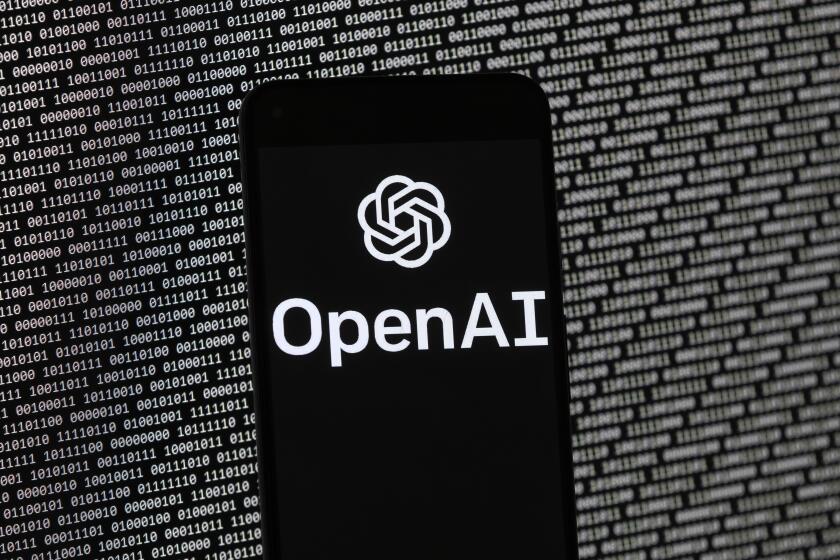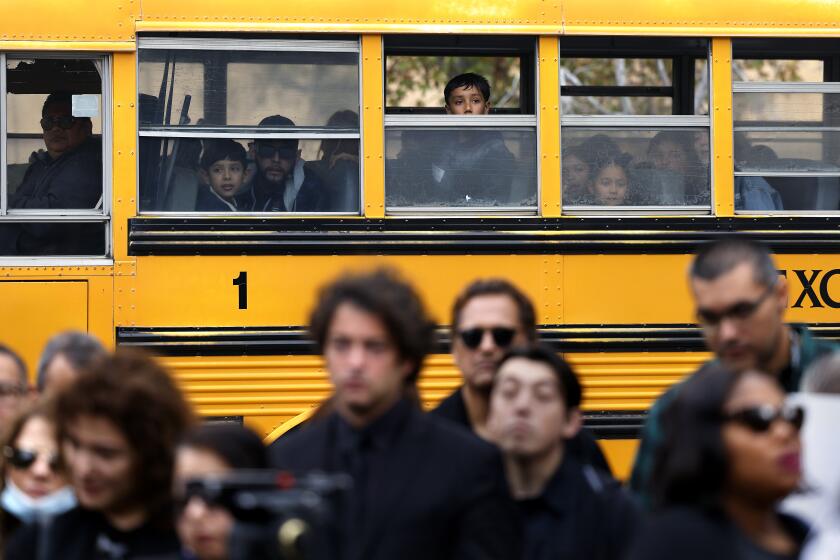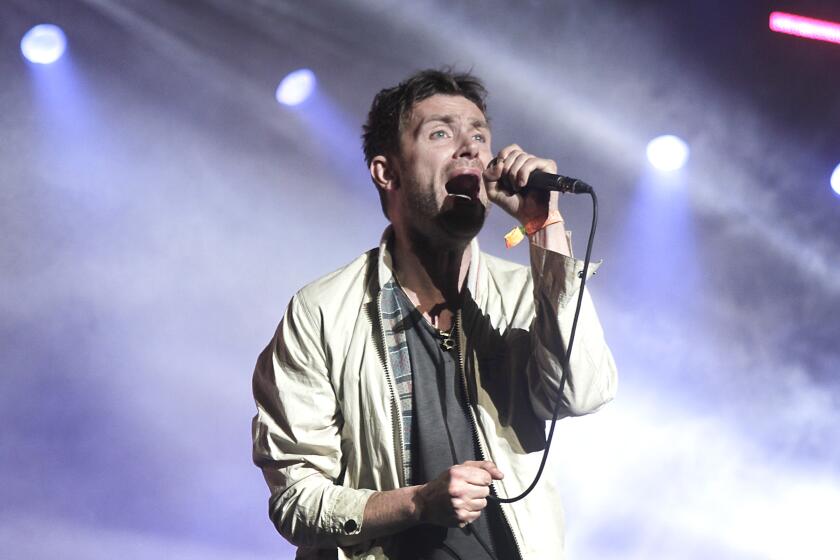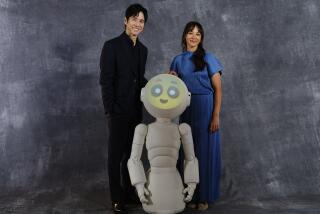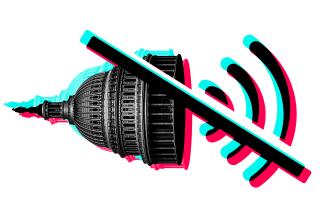Hatsune Miku is playing Coachella, but she’s not human. Why brands are working with digital avatars
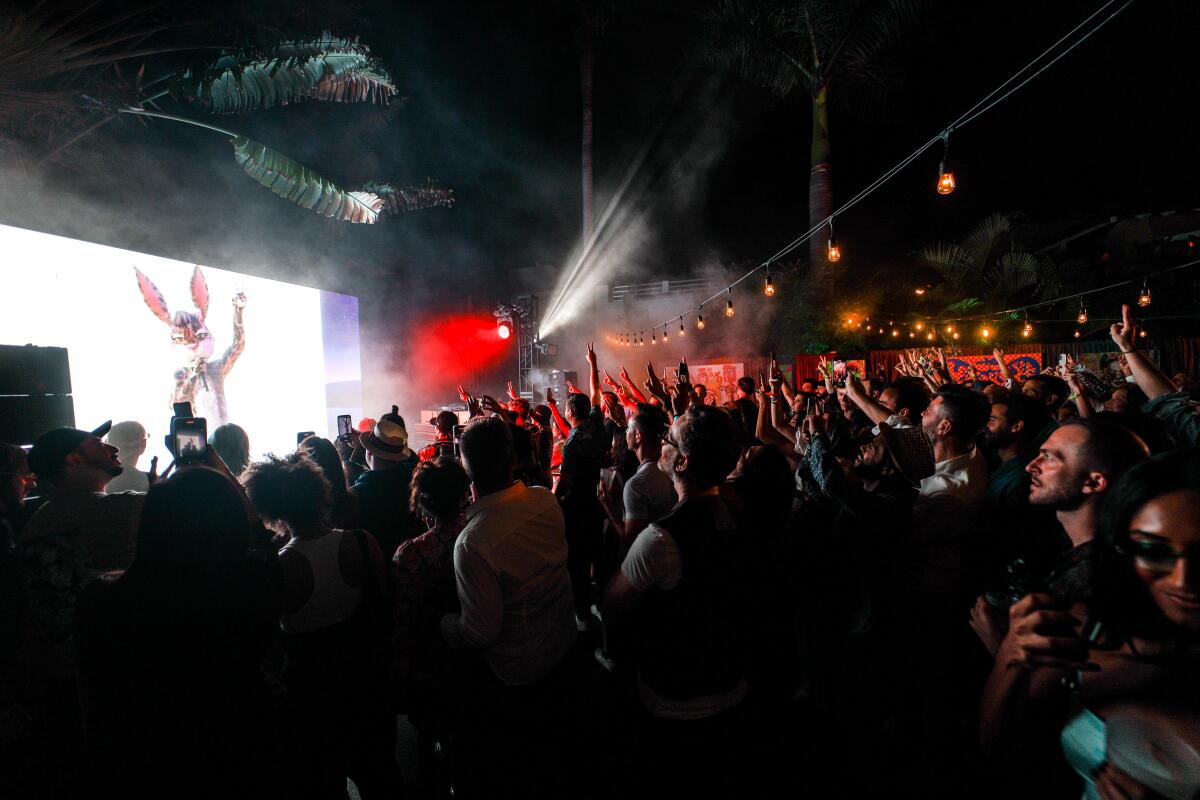
- Share via
On Friday night, Hatsune Miku performs songs on her biggest stage yet — Coachella.
The turquoise-haired Japanese icon has been touring North America, singing to thousands of fans in large concert venues. She’s inked branding deals over the years with companies including Google . And on Friday, she’s expected to thrill her followers at one of the world’s biggest music festivals — on the same day as Lana Del Rey and the Deftones.
For the record:
9:11 a.m. April 12, 2024An earlier version of this article said Hatsune Miku’s Coachella set is Friday morning. It is Friday night.
But Miku is not human. She’s a totally digital creation, like an online avatar or mascot.
Her music — mostly synthesizer-heavy dance pop — is created from software developed by the Sapporo, Japan-based technology company Crypton Future Media.
The technology lets people, including fans, type in lyrics and punch in a melody. The program generates a singing voice for the song. Crypton then licenses the songs from the fans for her to sing at concerts. Miku herself is an illustrated character, resembling a 16-year-old girl from an anime or manga. To “perform” onstage, Miku’s image is displayed on a giant screen as a video behind a live band.
Unlike the “hologram” performances of deceased celebrity artists (think Tupac and Roy Orbison) that took the music industry by storm a few years ago, virtual artists aren’t simply re-creations — they’re avatars performing original music.
Your guide to Coachella 2024, from who’s playing, how to get tickets and what to eat at the festival to the party scene and how to watch at home on YouTube.
As it would be for a local indie rock artist, landing a spot at Coachella is a significant milestone for Miku. And her human creators. One of the people from Crypton who will be there at Miku’s performance at the festival’s Mojave tent is Riki Tsuji, a member of the company’s global business team.
“I’ve never been to Coachella, so I have no idea what kind of people are going there, what the crowds are gonna be like,” said Tsuji, who is traveling with Miku on tour. “But we’ll be putting together a show that hopefully they won’t forget.”
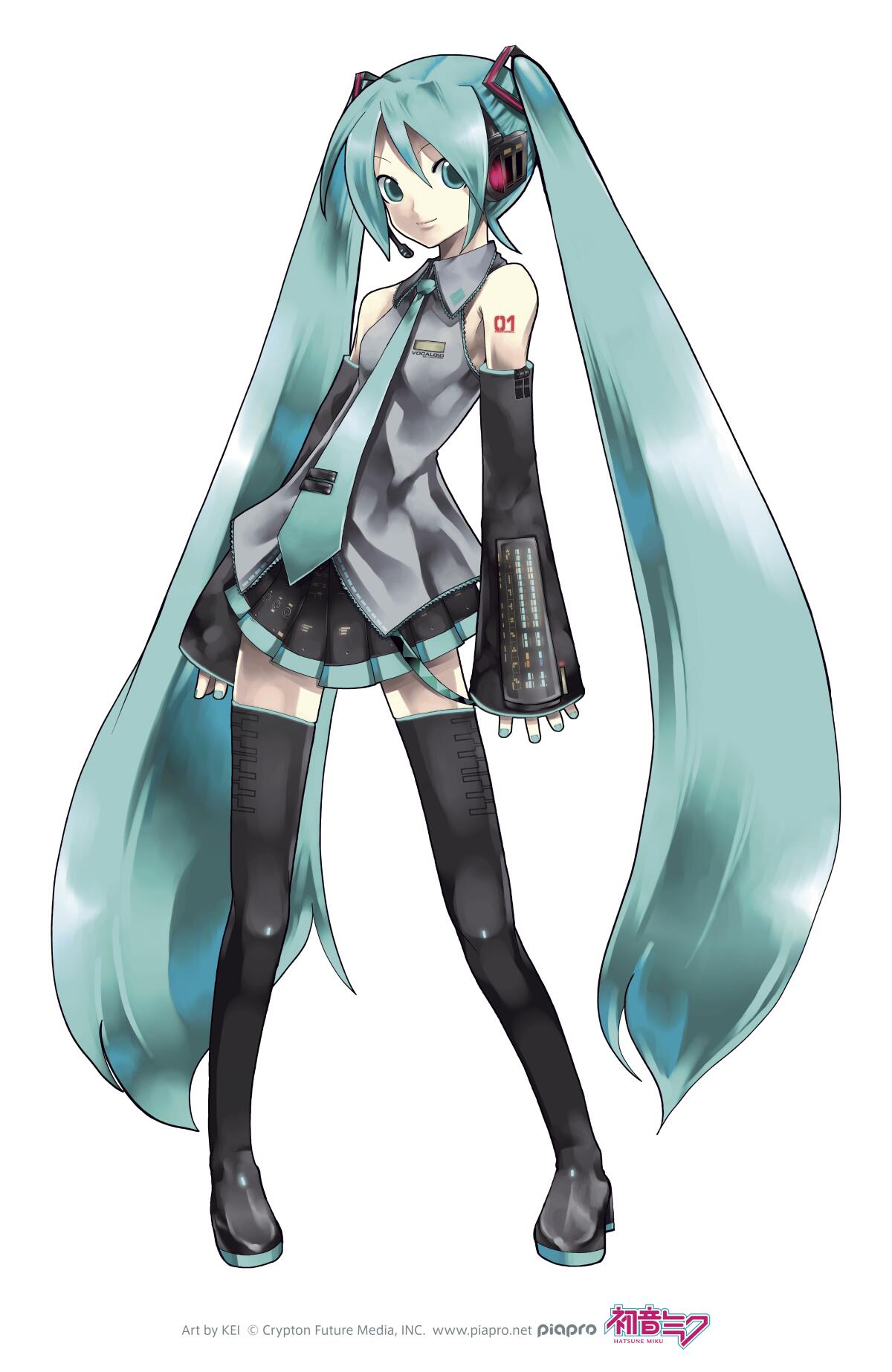
Hatsune Miku is part of an expanding group of digital, non-human performers that are attracting the attention of brands and music fans.
They’ve generated fans from younger generations of audiences that brands are eager to attract and understand — the kinds of kids who spend two to three hours a day on average on Fortnite and Roblox and are thus comfortable interacting with digital characters and online worlds.
One non-human digital influencer, named Miquela, boasts 2.6 million followers on Instagram and has done commercials for Calvin Klein and BMW. She’s represented by major Hollywood talent firm Creative Artists Agency, best known for working with A-listers including Brad Pitt and Viola Davis.
“There’s a new paradigm in terms of the digital world and the digital landscape,” said Phil Quist, a music and emerging technology agent at CAA. “When you think about what that looks like moving forward, those kids are going to be so used to being in those realms that a lot of their entertainment is going to come from that space as well.”
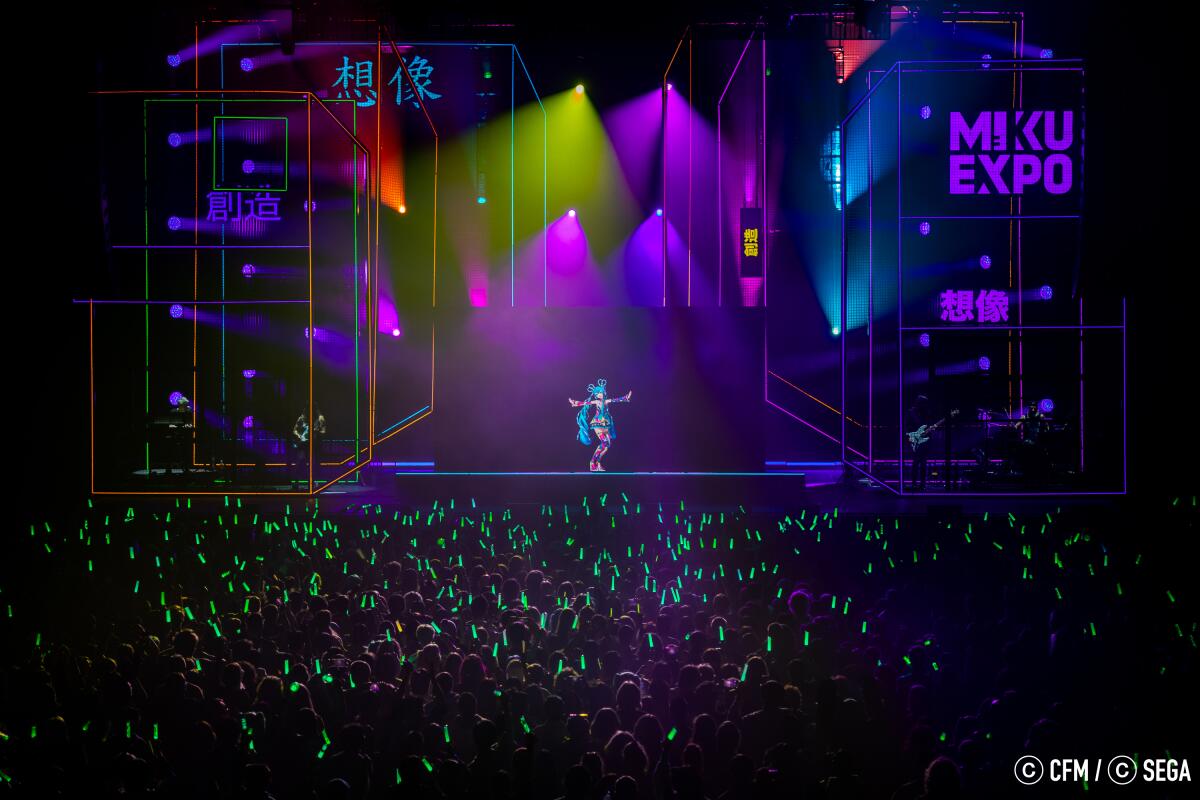
Hollywood talent agencies and producers have met with AI companies, including ChatGPT maker OpenAI, to learn about how their technologies could be used in entertainment.
How much money a nonhuman virtual artist can earn varies widely., Gigs, ranging from social media posts to live performances, can generate up to nearly seven figures, Quist said.
“It ranges, but it’s very commensurate in terms of the following and engagement,” Quist said. “I think it can be comparable to ‘traditional talent’ in terms of what those deals look like.”
In addition to her Coachella appearance, Miku is putting on a North American tour, which includes 21 concerts in 17 cities. Initially, Miku announced 17 performances , but the tour expanded because of demand, Tsuji said.
Tickets are still available for Coachella’s second weekend ahead of its start on Friday. Here’s why the once-coveted ticket isn’t quite so hot anymore.
Miku began as a singing voice synthesizer (a.k.a. a “vocaloid”) in 2007. Her voice has been used in more than 100,000 songs.
“She’s very much a vessel for people to kind of express themselves and come together as a community,” Tsuji said. “It’s not just an artist-listener relationship. Each listener could also be an artist in this community.”
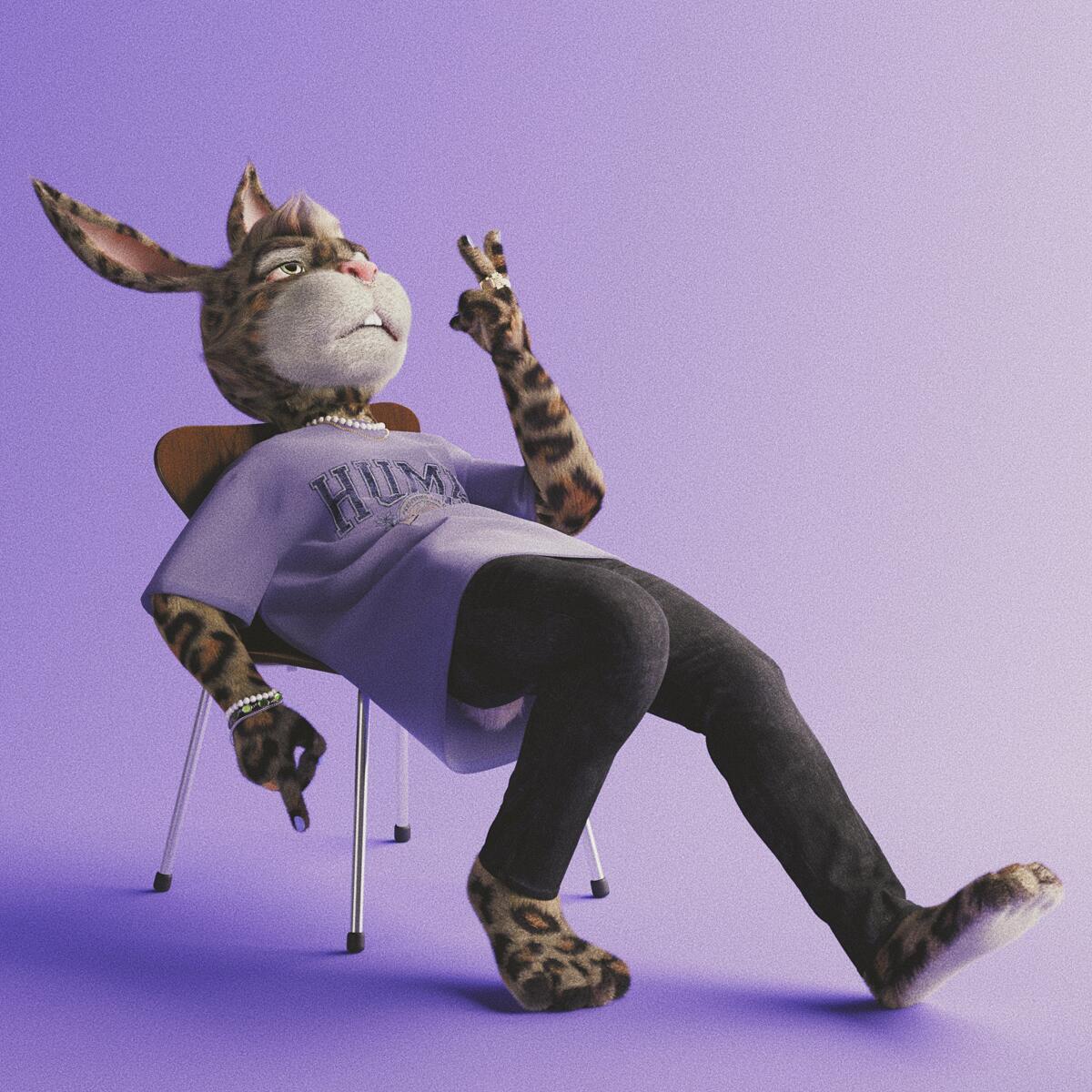
But the growth of nonhuman influencers comes at a time when actual performers are worried about how digitization and automation through artificial intelligence could impact future work. The cost of creating a digital avatar could become cheaper as technology evolves. Human influencers could find themselves competing for the same brand deals as nonhuman ones.
The fandom surrounding digital artists can rival that of human musicians. During Austin’s South by Southwest festival in 2022, fans uploaded videos from a concert by digital music artist angelbaby, singing along to the songs.
Angelbaby, a computer-generated humanoid rapping rabbit, is owned by Hume, an L.A.-based metaverse tech and music company, which is now represented by CAA. Angelbaby’s single, “life is good,” which was released in November, hit more than 4 million streams on Spotify.
“At the end of the day, if the music wasn’t good for those artists, people would potentially point fingers and laugh,” Quist said. Looking at angelbaby, “you could tell that people were so engaged and enamored by the performance.”
Children born from 2010 to 2024 are part of “Generation Alpha,” the demographic successor to Gen Z. They are already being called “feral,” illiterate” and “doomed,” with bad parenting by millennials and the influence of technology blamed for bad behaviors.
The idea behind angelbaby came from Hume co-founders David Beiner and Jay Stolar. Stolar is a songwriter and producer who has worked with performers including Selena Gomez and Demi Lovato.
Hume created a backstory for angelbaby, a seven-foot rabbit from the year 3045, who is coping with losing the love of his life. Angelbaby has appeared on recordings with Grammy-winning producer Gino the Ghost and human music artists including boy band Prettymuch. The rabbit’s fans lean male and are in their 20s into their early 30s, Beiner said.
“I think on the emotional level if you do it right, people like to feel like they’re part of a fantasy,” Beiner said. “People have always liked to escape.”
Much of the work for virtual artists comes from partnerships with brands, who want to tap the performers’ younger, digitally savvy followers.
For example, Miquela — whose character is a socially conscious digital influencer from Downey — was featured in a commercial for BMW‘s iX2 electric vehicle. The bulk of Miquela’s fans are under 35.
“When you think about the BMW vehicle that came out that’s 100% electric,” said Ridhima Ahuja Kahn, vice president of business development and strategic initiatives at Dapper Labs, the company behind Miquela. “That was something that was really compelling to her because it tied in with a lot of her goals around sustainability.”
With more than 100 artists on Coachella’s lineup, here’s who to catch at the festival this year, from Sacramento metal band Deftones to Argentine DJ-producer Bizarrap.
But like human influencers, there can also be some controversy surrounding digital ones.
Miquela’s ad with Calvin Klein showed her kissing model Bella Hadid, which some people online criticized as queer-baiting. Calvin Klein later said, “We sincerely regret any offense we caused.” Dapper Labs said it stands by the direction of the ad, which was to support all different types of backgrounds, genders and preferences.
“With virtual influencers, even they have drama too, just like any real-life influencer,” Ahuja Kahn said.
Many people worry that digital talent could take away human jobs. Last summer, writers and actors went on strike in part for more protections against the use of artificial intelligence.
“Anyone in the entertainment industry at large is very cognizant that a human resource of being on camera or being filmed or even writing a script or even editing a movie is being absorbed by what AI and technology can do,” said Elsa Ramo, a managing partner at Ramo Law PC.
A new study estimates that 62,000 entertainment jobs in California will be disrupted by artificial intelligence in the next three years.
But supporters of nonhuman talent say that the work can lead to more innovation, and, ultimately, jobs for the people who build the non-human influencers, although they acknowledge that AI will lead to more efficiency, which in turn will impact other jobs.
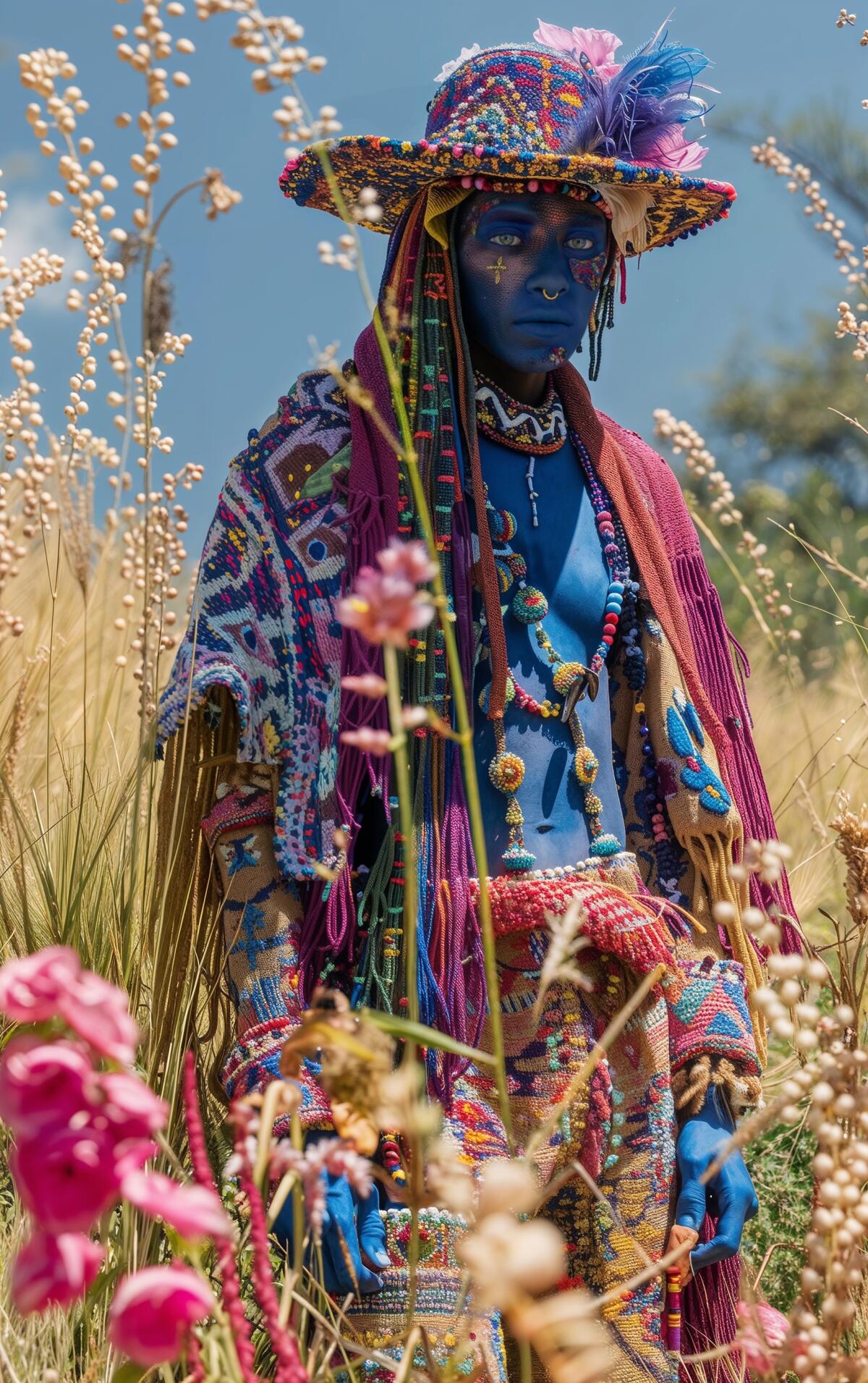
Ilian Gazut created Zlu, a blue alien model represented by management firm IMG Models who has done work for fashion designers like Karl Lagerfeld. Gazut said that Zlu’s movements are based on his movements.
“There is always a human behind it,” Gazut said. “So in my case, I didn’t have a job and thanks to him, I have a job.”
The world of digital, nonhuman influencers continue to evolve. Miquela, who made her first post in 2016, was originally conceived as being perpetually 19, but recently, the character made the jump to her 20s. And prospective schools are noticing.
“There are a few colleges who have reached out to us, so she’s looking at those and currently thinking about what the right fit for her would be and if college makes sense,” Ahuja Kahn said. “She’s been exploring what that path would look like for her.”
More to Read
Inside the business of entertainment
The Wide Shot brings you news, analysis and insights on everything from streaming wars to production — and what it all means for the future.
You may occasionally receive promotional content from the Los Angeles Times.

